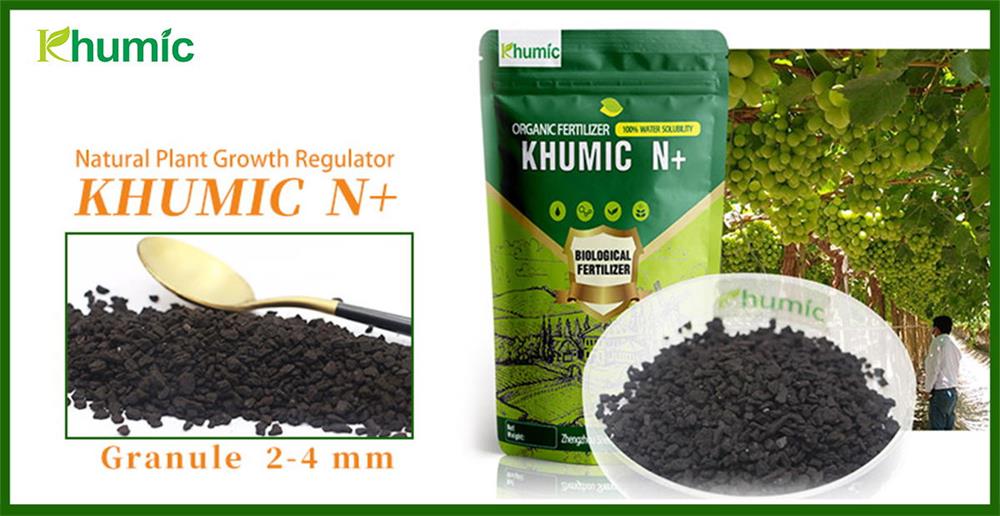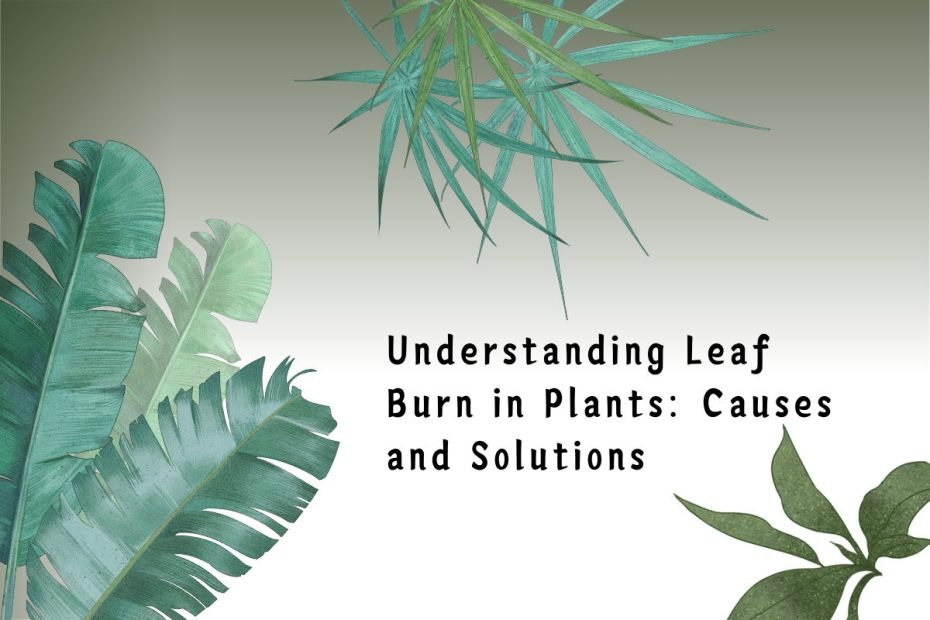Introduce
Leaf burn in plants can be frustrating for any gardener. See your plant’s leaves turn yellow, become brittle, and wilt, especially when you’ve put so much effort into nurturing your green friend. Leaf burn is a complex phenomenon resulting from leaf cell rupture. Understanding the causes and solutions is key to keeping your plants healthy and lush.
Table of Contents
What is Leaf Burn?
Leaf burn, also known as leaf scorch, is a common problem many plant owners face, especially during the hottest times of the year. This is when the edges or tips of plant leaves turn brown, black, or dry out, giving the plant a burnt appearance. Leaf burns can affect all types of plants, whether indoors or outdoors. This phenomenon is usually a sign of stress or damage to the plant, affects the overall health and appearance of the plant, and can be caused by a variety of factors.

Common Causes of Leaf Burn in Plants
Improper watering and fertilizing time
The main cause of leaf burn is spraying water, fertilizer, or chemicals on plant leaves during hot, sunny days. Water on leaves in sunlight acts like a magnifying glass – it causes sunlight to shine onto the leaves, causing them to overheat and then burn.
Apply too much fertilizer
Using too much fertilizer or fertilizing too frequently can cause salt buildup in the soil, creating a nutrient imbalance that can lead to leaf burn.
Insufficient or excessive watering
Improper watering (such as under-watering or over-watering) can stress the plant and cause leaf burn. Plants require regular watering to thrive, so it’s crucial to monitor your plant’s moisture levels is crucial.
High temperature
High temperatures can also cause plant leaves to burn. Extreme temperatures, especially heat waves, can cause evaporative loss of water from plant leaves, making it difficult to regulate moisture levels, leading to plant dehydration and leaf burn.
Exposure to chemicals
Exposure to harsh chemicals in pesticides, herbicides, or cleaners can cause leaf burn if they are not rinsed off properly or if the plant is sensitive to these substances.
Poor air circulation
Poor air circulation around plants increases humidity, making leaves more susceptible to fungal diseases and leaf burn.
Overexposure to sunlight
Plants exposed to strong sunlight for long periods can cause leaf burn due to excessive heat and UV radiation, especially during hot summer months.
Signs of Leaf Burn
Early detection of leaf burns is critical to solving potential problems and preventing further damage. Watch for the following signs:
- Leaf edges or tips turn brown or black
- Leaves wilted or curled
- Leaf edges turn yellow or brown
- Stunted growth or defoliation
How to Treat Leaf Burn
- Adjust exposure: Move the plant to an area with filtered sunlight or provide some form of shade during the hottest times of the day to protect it from excessive sunlight.
- Correct watering method: Do it early in the morning when the sun is not too strong or in the late afternoon. Never do it in direct sunlight at noon. Make sure the soil is moist but not waterlogged to prevent dehydration or water stress. If it is necessary to water the plant at noon and the plant is in direct sunlight, then only the soil should be watered and the leaves should not be wet.
- Balanced fertilization: Use a balanced fertilizer at the recommended dosage and frequency, and consider using a balanced fertilizer formulated specifically for the type of plant you have to avoid nutrient imbalances that can lead to leaf burn. It is recommended to use humus organic fertilizer. It can release nutrients slowly and continuously, nutritionally balanced and organic.
- Temperature regulation: Ensure Adequate Ventilation Try to place plants in a well-ventilated area and avoid placing them near heat sources such as radiators or air conditioning vents. Protect plants from extreme temperatures or drafts to prevent heat stress and leaf burn.
- Avoid exposure to chemicals: Be careful about using chemicals around your plants and follow instructions carefully, rinsing away any residue to prevent leaf burn.
- Improve air circulation: Prune overly dense foliage, use a fan, or move the plant to a more ventilated area to promote better air circulation and reduce humidity.

Conclusion
Plant leaf burn can be distressing, but with proper care and attention, you can address the root cause and help your plant recover. By understanding the factors that cause leaf burn and implementing appropriate solutions, you can ensure your green companions thrive in a healthy environment.
FAQs
Can leaf burn be reversed once it occurs?
In some cases, especially if the damage is not severe, plants can recover from leaf burn with proper care and corrective measures.
Is leaf burn a sign of a serious problem with your plant?
Leaf burn is often a symptom of an underlying problem such as environmental stress, nutritional deficiencies, or improper care, but prompt action can help mitigate further damage.
How long does it take for plant leaves to recover from burns?
Recovery time from plant leaf burns depends on factors such as plant species, extent of damage, and effectiveness of treatment.
Should I prune leaves affected by leaf burn?
It is recommended to prune severely damaged leaves to prevent stress or disease from spreading to healthy parts of the plant.
Can leaf burn be completely prevented?
While it may not be possible to eliminate the risk of leaf burn, maintaining optimal growing conditions, proper watering, and regular monitoring can help minimize the likelihood of leaf burn occurring.
